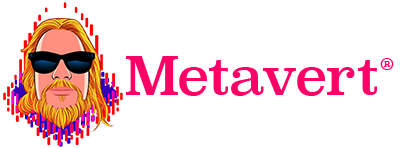Blockchain
A blockchain is a distributed ledger that uses cryptography to validate transactions. The advantage of blockchain is that financial transactions can be recorded in a decentralized, trustless and permissionless manner, without requiring any central authority that controls it.
The first major blockchain application was the cryptocurrency Bitcoin, invented by pseudonymous creator Satoshi Nakamoto in 2009.
In 2015, the Ethereum blockchain introduced the concept of smart contracts, which allows programmatic exchanges of value: for the first time, code could exchange value (currencies, assets) with other code (much as the World Wide Web allows code to exchange information). This has enabled new forms of decentralized software to be created including decentralized finance (DeFi), decentralized autonomous organizations (DAOs) and non fungible tokens (NFTs).
The first blockchains including Bitcoin and Ethereum use proof-of-work algorithms that require substantial energy and computing power to complete the cryptographic algorithms that allow for secure transactions. Proof-of-stake blockchains (including Ethereum 2.0 and other next-generation blockchains) require comparatively trivial amounts of computation or energy.
Further Exploration
9 Megatrends Shaping the Metaverse
Money, Blockchains and Social Scalability (Nick Szabo)
Proof-of-Work vs. Proof-of-Stake
Smart Contracts: the Ultimate Guide for Beginners (Hasib Anwar)
A DeFi Stream of Consciousness and the opportunity for “trustless games” (Richard Kim)
Decentralized Autonomous Organizations (DAOs), from Stanford
